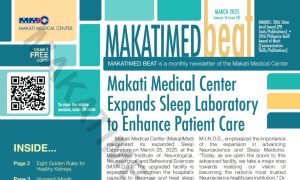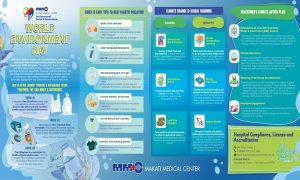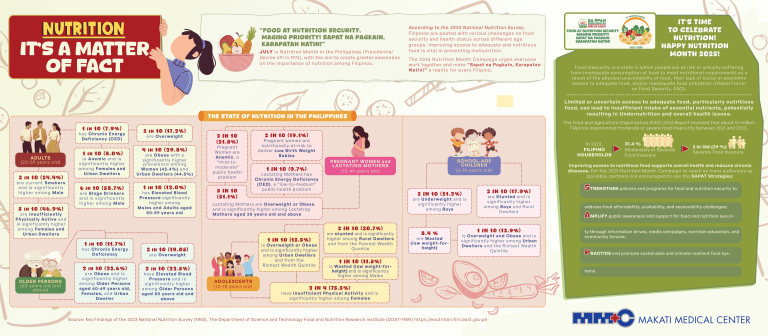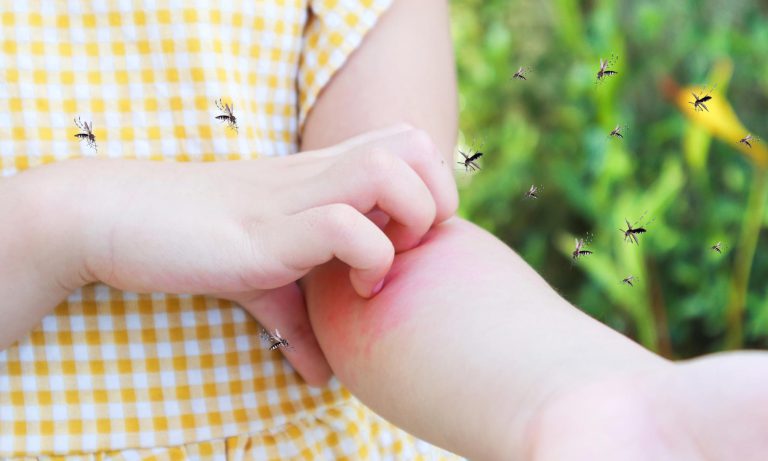
Depression is a psychological disorder that has progressively affected individuals worldwide, especially during this COVID-19 pandemic. Often, it is characterized by feelings of loneliness or hopelessness with certain triggers from past traumas, incidents, and experiences.
When these feelings occur at a specific time every year, in time for changes in season and events, this is referred to as Seasonal Affective Disorder or SAD. A common example of this seasonal funk is the feeling of aloneness during the holidays.
Read on to know more about the sad truth about SAD and how to keep this condition at bay when it strikes.
What is Seasonal Affective Disorder (SAD)?
With SAD, people go through short periods of mood changes according to the season. In the Philippines, individuals with this disorder may start feeling depressed in the rainy months and feel better in the summer with warmer and longer hours of sunshine.
The usual cause of this condition varies from season to season, but it boils down to these psychological and physiological factors:
The decreased level of sunlight, gloomy sky, and colder temperature in the rainy season may cause the onset of SAD. This shift may disrupt one’s
circadian rhythm or biological clock.
-
Brain biochemical imbalance
Serotonin is a hormone that affects mood, while melatonin influences sleep patterns. Changes in one’s environment, such as reduced sunlight, may play a role in the
decline of serotonin and melatonin, which may trigger depression.
Besides protecting against colds and keeping bones and teeth strong,
Vitamin D is essential in keeping one’s mental and emotional states stable. Lacking it affects not only the body but also the mind.
-
Stress and anxiety with negative thoughts
Social isolation during monsoon seasons, inability to maintain healthy relationships with peers, loneliness during holidays, and past traumas associated with seasonal patterns can lead to stress, anxiety, and negative thoughts.
What are the Signs and Symptoms of SAD?
Symptoms for Seasonal Affective Disorder vary on a case-by-case basis. As the season progresses, watch out for the following mild or severe manifestations:
Patients with SAD show signs and
symptoms parallel to a major depressive disorder. The only difference is the duration of the condition, with the former being more cyclical.
Those diagnosed with Seasonal Affective Disorder also suffer from a
lack of energy to perform usual daily activities. Even essential functions are neglected, such as maintaining personal hygiene, cleaning the dishes, and tidying the room.
With little to no interest in doing once enjoyable activities, individuals with SAD can also experience a sudden drop in
libido and sexual desire for certain periods of the year.
Similarly,
anhedonia can be a major flag for SAD, as it manifests the inability to feel pleasure. Whether socially or physically, this extreme lack of interest may result in an acute state of depression.
Laziness in performing personal responsibilities and professional obligations is another sign of SAD. Typically, a person with this condition misses deadlines, becomes less punctual, and has an increased number of absences for the time being.
Due to the nature of this seasonal disease, individuals experiencing SAD may isolate themselves by staying in their rooms without talking to anyone for days.
Persons with SAD are usually
withdrawn from what is happening in their present environment. They may appear to be staring blankly, repeatedly thinking about the triggering events which may have caused the disease.
Those with SAD tend to
oversleep during the colder season. Apart from the lack of sunlight, other symptoms such as fatigue may contribute to this unhealthy sleeping pattern.
-
Unhealthy coping mechanisms
People experiencing SAD commonly have
unhealthy coping mechanisms for comfort. Although enjoyable for a little while, these habits can hinder a person’s overall progress towards an optimum state of mental health.
Treatment and Prevention
Contrary to SAD’s ability to suddenly change a person’s mood, it takes gradual and consistent efforts to avoid or manage it. Below are some ways to treat and prevent this seasonal illness.
-
Reach out to family and friends
Reaching out to loved ones or attending
talk therapy allows those with SAD to share their feelings and somehow lessen their isolation.
-
Do regular cardio exercises
Another way to momentarily treat the effects of SAD is to exercise, more specifically cardiovascular-centered workouts such as running, biking, basketball, etc. Studies have found that cardio exercises trigger the
release of endorphins which act as the body’s painkiller and mood booster.
-
Get regular hours of sleep
Getting regular and healthy hours of
sleep is also essential in treating SAD and mitigating the development of any other types of depression.
Eating healthier makes for another option to prevent the progression of SAD. Studies have concluded that a dietary pattern with a high intake of fruit, vegetables, whole grain, fish, low-fat dairy, and low consumption of processed meat, sugar, and fat can significantly decrease the risk of depression.
-
Identify triggers and avoid them
Triggers are the starting point of the feeling of depression. Identifying these red flags and avoiding them can prevent SAD from the root.
Light therapy aims to expose people with SAD to bright light every day to make up for the diminished natural sunlight on rainy days. This treatment works for about thirty (30) to forty-five (45) minutes and is usually done first thing in the morning for better results.
SAD? We are Here to Help
Seasonal as they may be, knowing its causes, signs and symptoms, treatments, and preventions can help manage SAD when it arrives. Just like the body, the mind deserves the utmost care for it to function to the best of its capabilities.
For mental health conditions, such as SAD, professional help from experts at the Section of Psychiatry and Department of NeuroSciences could go a long way. For world-class neuropsychiatry management, treatments, and other healthcare services, reach out to Makati Medical Center today.











